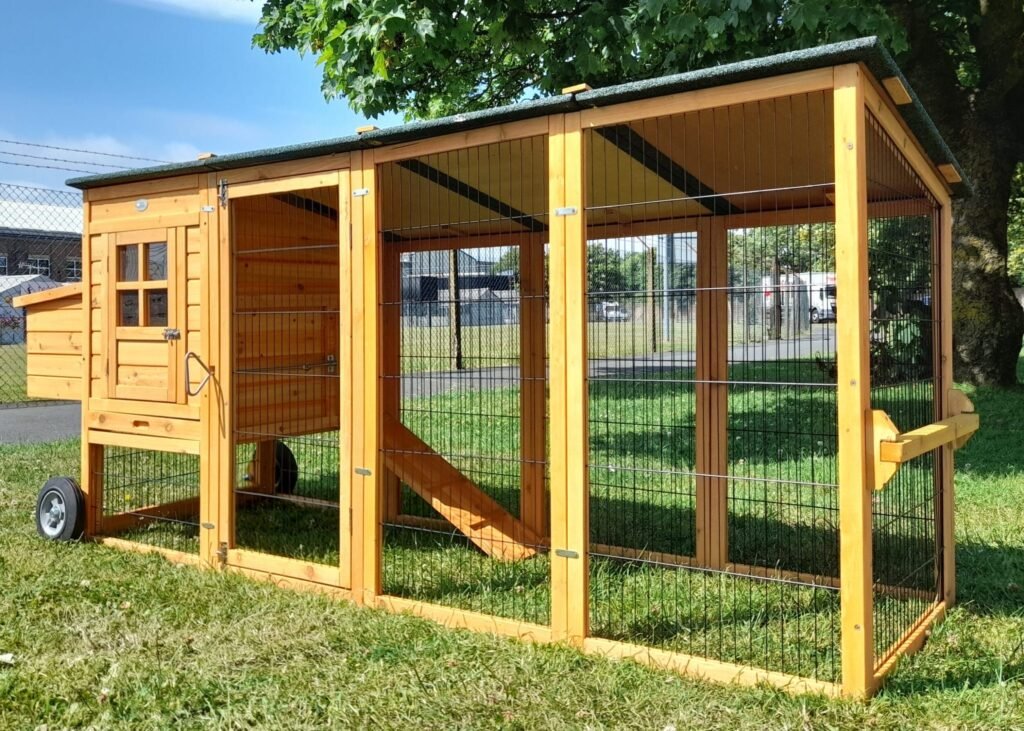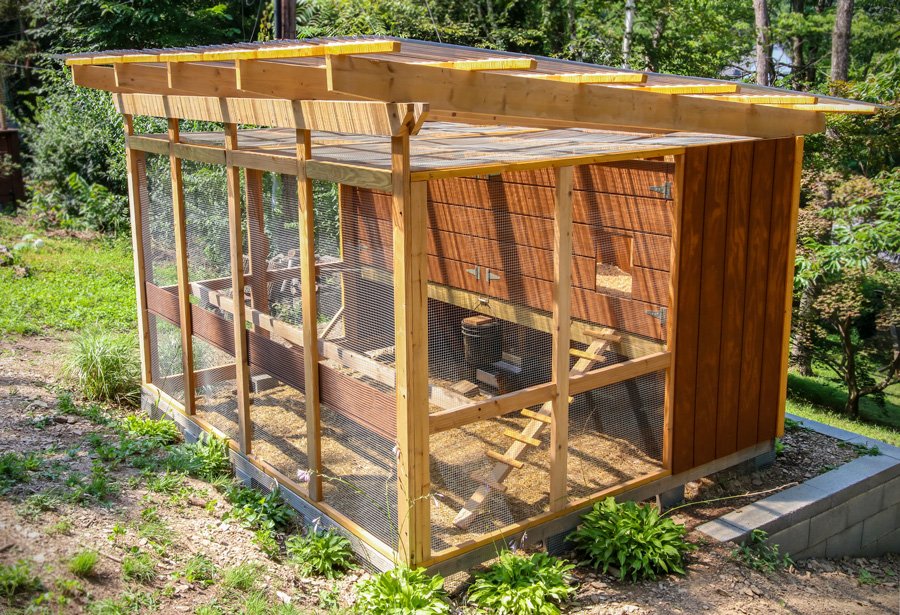Creating a safe and comfortable home for your chickens is essential to their well-being and productivity.
Whether you’re new to raising chickens or looking to improve your existing setup, understanding the key considerations for building chicken coops is crucial.
With the right approach, you can design a space that keeps your flock happy, healthy, and secure. Here are the important factors to consider when constructing a chicken home.
Choose the Right Location
Selecting the right location for your chicken home is the first step to ensuring their safety and comfort. The area should be elevated to prevent flooding and away from any potential predators. A location with partial shade is ideal, as it protects chickens from extreme heat while allowing them to enjoy sunlight.
It’s also important to choose a spot that is close to your house or easily accessible. This makes it easier to check on your chickens, gather eggs, and perform regular maintenance. A well-chosen location sets the foundation for a successful chicken home.
Design for Proper Ventilation

Ventilation is a critical aspect of any chicken home. Good airflow helps regulate temperature, remove moisture, and prevent the buildup of harmful gases like ammonia. Without proper ventilation, chickens can develop respiratory issues, leading to serious health problems.
Incorporate windows, vents, or even open walls in the design to ensure continuous airflow. Place vents near the roof to allow hot air to escape, while lower vents can bring in fresh air. Proper ventilation keeps the environment fresh and reduces the risk of disease.
Ensure Adequate Space for the Flock
Chickens need enough space to move around comfortably, roost, and lay eggs. Overcrowding can lead to stress, aggression, and the spread of disease. When planning your chicken home, ensure adequate space inside the coop and in the outdoor run.
A good rule of thumb is to allow at least 3-4 square feet of space per chicken inside the coop and 10 square feet per chicken in the run. Ensuring each chicken has enough room ensures that they remain healthy and content.
Provide Secure Nesting Boxes
Nesting boxes are where your chickens will lay their eggs, so it’s important to make them secure and comfortable. The boxes should be positioned away from the roosting area to keep them clean and placed at a height that’s easy for chickens to access.
Line the nesting boxes with soft, clean bedding material like straw or wood shavings. This makes the boxes comfortable and helps cushion the eggs, preventing breakage. Secure nesting boxes encourage regular egg-laying and help maintain a clean environment.
Install Predator-Proof Features
Predator protection is one of the most important considerations when building a chicken home. Predators like raccoons, foxes, and hawks can easily attack a coop that is not properly secured. To protect your flock, use strong materials like hardware cloth for the walls and cover any openings with wire mesh.
Make sure the coop door is secure and has a lock that predators cannot open. For added security, consider burying the fence around the run at least a foot deep to prevent predators from digging underneath. Predator-proof features are essential to keeping your chickens safe.
Create a Comfortable Roosting Area
Chickens need a comfortable place to roost at night. Roosts should be made of smooth, rounded wood to prevent foot injuries and should be placed higher than the nesting boxes. Chickens prefer to sleep off the ground, so positioning the roosts correctly is important.
Provide enough space between each roost to avoid overcrowding. Ideally, each chicken should have about 8-12 inches of roosting space. A well-designed roosting area allows your chickens to sleep comfortably and safely.
Incorporate Easy Maintenance Features
A clean chicken home is a healthy chicken home. Incorporate features that make maintenance easy, such as removable bedding trays, easy-to-access doors, and washable surfaces. Regular cleaning reduces the risk of disease and ensures a comfortable environment for your chickens.
Consider adding a sloped floor to the coop to make it easier to hose down or install a droppings board under the roosts to catch waste. Easy maintenance features save you time and effort, making keeping your chicken home in top condition easier.
Ensure Access to Fresh Food and Water
Providing your chickens with easy access to fresh food and water is essential for their health and well-being. Place feeders and waterers in locations that are easy for the chickens to reach but protected from contamination by dirt or droppings.
Use hanging feeders and waterers to save space and keep the area clean. Ensure that the food and water supply is regularly replenished, especially during extreme weather conditions. Consistent access to fresh food and water is crucial for keeping your flock healthy.
PRO TIP: For cole climates freeze proof nipple waterers with a water heater component are a great way to keep the water sanitary and flowing all year long.
Building a safe and comfortable home for your chickens involves careful planning and attention to detail. You can create a space that meets all your chickens’ needs by choosing the right location, designing for proper ventilation, and incorporating predator-proof features. With a well-thought-out design, your chicken home will provide a secure, healthy, and comfortable environment for your flock to thrive.



